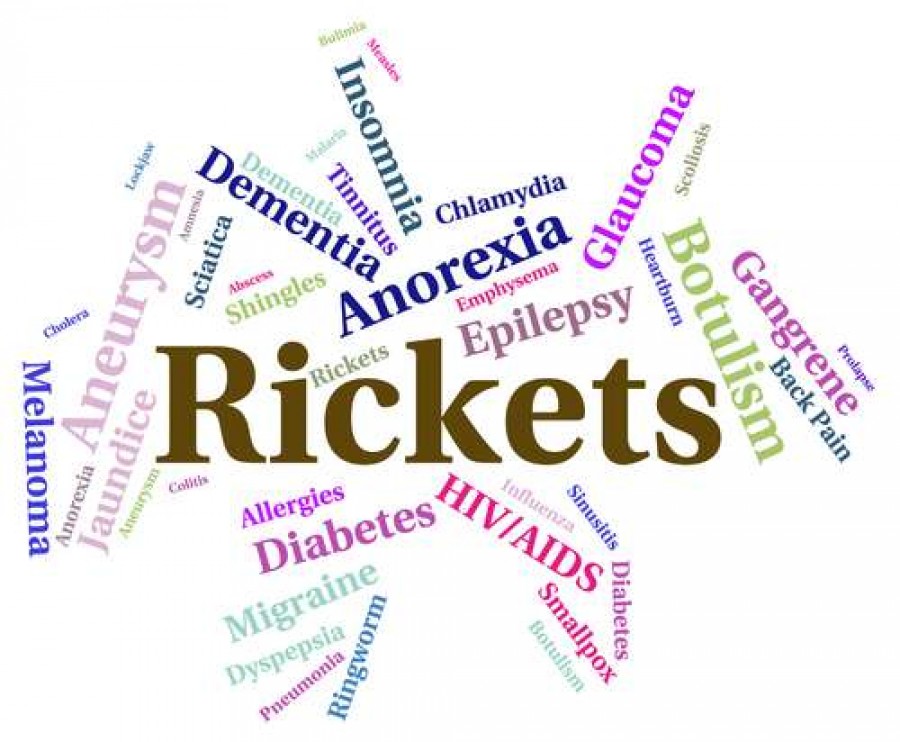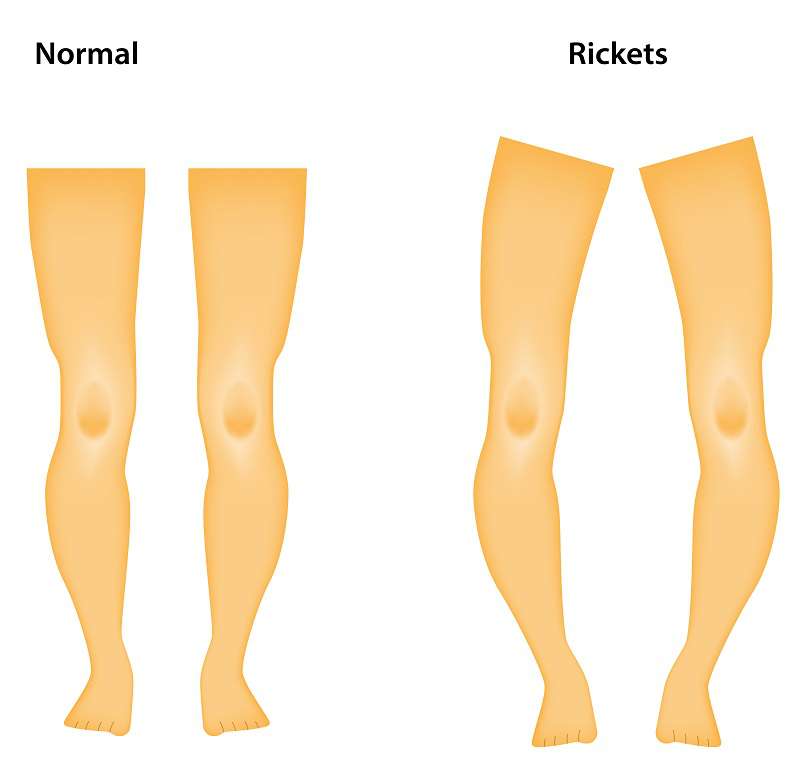Rickets: Causes, Diagnosis and Management

What is Rickets?
Rickets is a condition which affects the skeletal system of the child’s body. Rickets is mostly diagnosed in children under the age of 5 years.
What is the cause of rickets?
There are two known causes of rickets including:
Congenital
This is the rickets which a child suffers from at the time of birth. The deficiency of vitamin D in the blood of the mother leads to a lack of the said vitamin in the baby. Since vitamin D is an essential component of bone formation and structure, an inadequate amount of it results in the baby developing bones which are deformed.
Deficiency of Vitamin D in diet
Children who have an insufficient intake of calcium in their diet tend to eventually develop symptoms of rickets.
Lack of sunlight
Sunlight plays a vital role in the formation of vitamin D which in turn is responsible for strengthening the bones of the child.Children who do not get proper exposure to sunlight have extremely weak bones.

What are the signs and symptoms of rickets?
· Deformed bones (bowing of legs)
· Extremely weak bones which are prone to fractures
· Stunted growth
· Deformed chest ( pigeon chest)
· Deformed skull (skull bossing or protruding forehead)
· Deformed pelvis
· Tetany ( spasm of muscles throughout the body)
· Rachitic rosary ( Bead shaped appearance of ribs)
· Widening of the wrist
How do we diagnose rickets?
There are a few ways which help us in diagnosing rickets in a patient including:
Signs and Symptoms
If you suspect that the child might be suffering from rickets, look for the typical signs and symptoms of this condition in the patient such as bowing of the legs.
Vitamin D and Calcium
In many cases of rickets the patient is someone with a deficiency of vitamin D so you should test the level of vitamin D and calcium in the blood of the child.
Lifestyle
Ask questions and gather information regarding the lifestyle of a patient. People who mostly stay indoors tend to be the ones to show up with symptoms of rickets due to lack of exposure to sunlight.
How do we manage rickets in a patient?
Methods used to treat rickets are as follows:
Diet: Increased intake of calcium in the diet.
Supplements: Increased intake of vitamin D in the form of supplements.
Sunlight: Recommend outdoor activity for the patient in order to increase exposure to sunlight.



